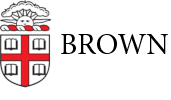Slack Course Workspace Recommendations, Tips & Tricks - Knowledgebase / Teaching Learning and Research / Slack Course Workspaces - OIT Service Center
Slack Course Workspace Recommendations, Tips & Tricks
Authors list
- Last updated: Nov 18, 2024 by madelyn amoo-otoo
